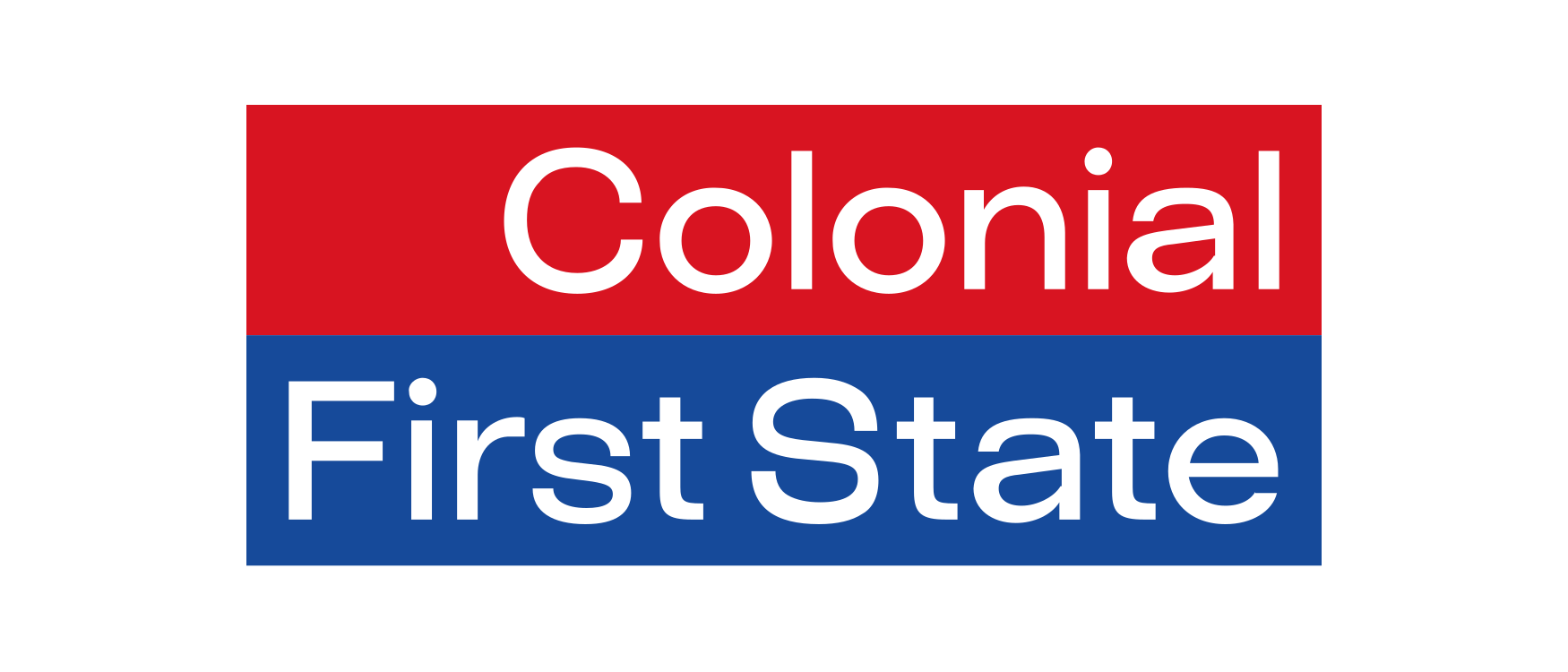As we explored in our white paper in early 2020, tokenisation has the capacity to bring the world of collective investments into the digital era. We explored how it could lower the barriers to entry for investing, improve efficiency, speed, transparency, and liquidity, while creating a significantly improved client experience. However, tokenisation is still, almost one year on from our investigation, very much in the conceptual stage. But how much progress has been made in the past year and how close is the world to making it a reality?
A lot has changed since early 2020, Covid aside. The InterWork Alliance (IWA) was founded in June, which is working to help provide the standards required to make tokenisation a reality. At Calastone, as the largest global funds network, we are working within the IWA on how tokenisation can be applied to funds, providing a clear pathway to adoption of tokenisation and token-based assets for the funds industry. Alongside this, we have been working with our clients and a number of consultancy partners over the year to understand how we can best design tokens and evolve our technology to accommodate this new model of investing.
Calastone’s Distributed Market Infrastructure (DMI) is the platform on which thousands of funds industry participants operate today, and we are looking at how we can develop and leverage this technology and global reach to support a future-state tokenised model for funds and beyond. Moving to a more scalable, efficient, and personalised investment proposition through the DMI will bring the funds industry more in line with e-commerce and media in terms of tailoring experiences to specific client demands, while providing quick and straightforward access to investment solutions.
There are still questions to answer beyond standardisation, however, and these are challenges that will need to be addressed concurrently as we enter 2021. For example, there needs to be a clear way to actually tie the tokens’ value back to the underlying assets and understand what a token represents when applied to an already unitised investment. The regulatory dimension as well as a resolution to the uncertainty around taxation that changes to existing structures may cause must also be considered. If a token is a representation of value held in an already well understood investment vehicle like a UCITS fund, regulation is a simpler consideration, however if the token represents a holding directly in an asset, or a new type of collective investment, what considerations then apply?
We feel that the interrelation of these topics hint that a gradual application of tokenisation makes the most sense. As the asset management industry evolves and we think further ahead on the concept of tokens and the technology that supports them, the appetite to start replacing the traditional elements of the current structure will begin to increase over time and the old familiar models may drop away. Ever present however will be the risk that someone outside of the existing industry, who is unburdened by existing process and technology, could enter the fray, especially in the retail investment space.
At Calastone we ultimately think of tokenisation as something that standardises the representation of ownership and value, in much the same way as the world wide web standardised the representation and transfer of information. No doubt there is a road ahead. We will be continuing our work in this space, with much more to follow on how we and the wider market are moving forward to adopt this transformative new way of investing.





















